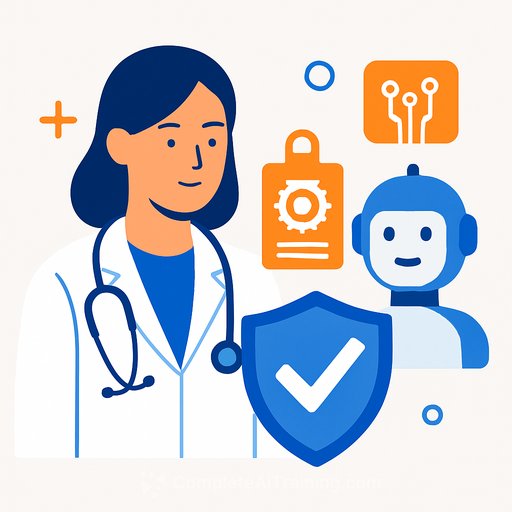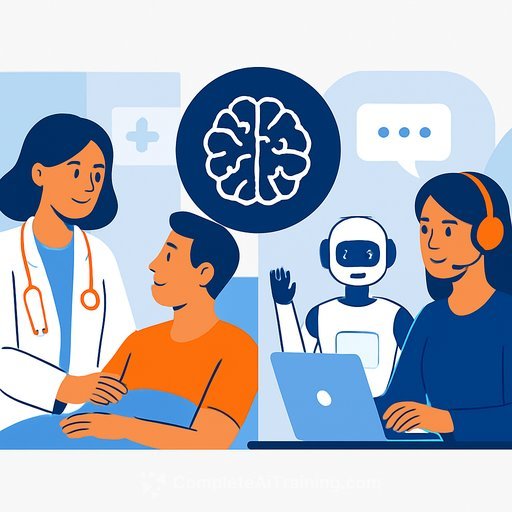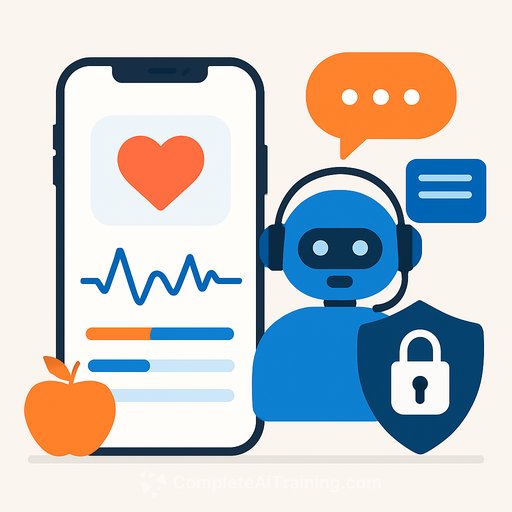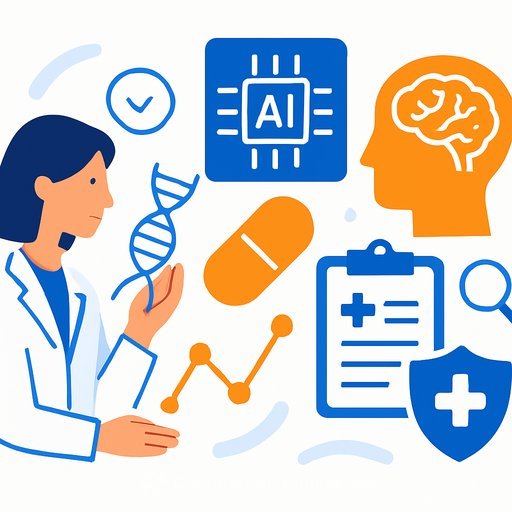AI Accreditation in Healthcare: Turning Promising Tech into Trusted Care
AI is changing care delivery, but trust decides whether it sticks. As models diagnose, recommend treatments and streamline workflows, leaders are asking a simple question: who validates that these systems are safe, fair and compliant?
The answer lives in accreditation. It turns promising ideas into reliable clinical tools by setting clear standards for accuracy, transparency and ethics.
The Rise of AI in Healthcare
What started as pilot projects is now core infrastructure. Health systems use AI for faster reads on imaging, risk prediction and administrative relief that frees up clinicians for patient care.
Progress brings pressure. Models can reinforce bias, misread clinical nuance or mishandle protected data. Oversight isn't a nice-to-have - it's how we keep innovation aligned with patient safety and public trust.
Why Accreditation Matters
Accreditation acts like a quality seal for digital health and AI tools. It verifies that systems meet standards for safety, ethics and performance before touching patient care.
For providers, it's assurance that technology has been independently reviewed. For patients, it's protection against biased outcomes and shaky recommendations. For regulators and payers, it's a signal that reimbursement and approval can be justified.
Who Accredits or Certifies AI in Healthcare?
URAC is one of the most trusted names setting the bar for digital health and AI programs. Its reviews look at algorithmic transparency, data security, bias mitigation and real-world performance - with input from clinicians, data scientists and regulatory experts.
Global frameworks support this work. ISO/IEC 42001 defines management systems for AI governance. In the U.S., FDA initiatives and pilots are informing regulatory oversight. For healthcare leaders, URAC's sector-specific depth makes it a practical partner for responsible AI adoption. Learn more at URAC.
How AI Accreditation Works
The process is thorough and repeatable. It starts with documentation of the model's purpose, data sources, validation methods and intended use.
Independent reviewers assess transparency, accuracy, reproducibility and clinical relevance. Security and privacy controls are tested against HIPAA, GDPR and organizational policies. Bias risk and algorithmic drift are evaluated to protect equity over time.
Accreditation is not a one-and-done event. Ongoing review keeps systems aligned with new data, clinical practices and regulations.
What Strong Accreditation Looks Like
- Transparency: Clear criteria, open communication and traceable decisions build credibility across clinical, IT and compliance teams.
- Expert oversight: Clinicians, data scientists, cybersecurity specialists and ethicists validate performance and integrity from every angle.
- Adaptability: Standards evolve with new methods, modalities and governance expectations - without slowing safe deployment.
Other Players in the Space
- ISO/IEC 42001: AI management systems standard for governance, accountability and transparency.
- The Joint Commission - Digital Health Certification: U.S.-focused safety, risk management and compliance framework for digital health apps.
These options complement URAC's healthcare-specific pathways rather than replace them.
URAC AI Accreditation Services Overview
- AI Developer Pathway: Focus on algorithm design, validation and bias testing - demonstrates ethical and clinical soundness.
- AI Implementer Pathway: Focus on deployment in hospitals and clinics - ensures safe, compliant adoption and operational fit.
- AI Oversight Pathway: Focus on payers and admin systems - validates fairness and compliance in decision-making.
- Continuous Accreditation Cycle: Ongoing evaluation and re-certification - keeps organizations current with evolving standards.
Practical Steps for Healthcare Leaders
- Inventory your AI: Map clinical and operational use cases, data flows and decision points.
- Set guardrails: Define intended use, contraindications, human-in-the-loop checkpoints and override criteria.
- Standardize evaluation: Use accreditation-aligned checklists for accuracy, bias, privacy, security and usability.
- Demand evidence: Require external validation, drift monitoring plans and post-deployment performance metrics.
- Close the loop: Build incident reporting, model update reviews and governance forums with clinical leadership.
- Educate teams: Train clinicians and admins on safe use, limitations and documentation requirements. For structured learning paths, see AI certification options.
The Smart Prescription for AI Success
AI can diagnose, predict and coordinate care - but only accreditation turns that potential into dependable practice. With trusted bodies like URAC setting clear standards, you can move fast without cutting corners.
Adopt the tools that prove their safety, fairness and clinical value. That's how innovation earns the right to touch patients.
Your membership also unlocks:






